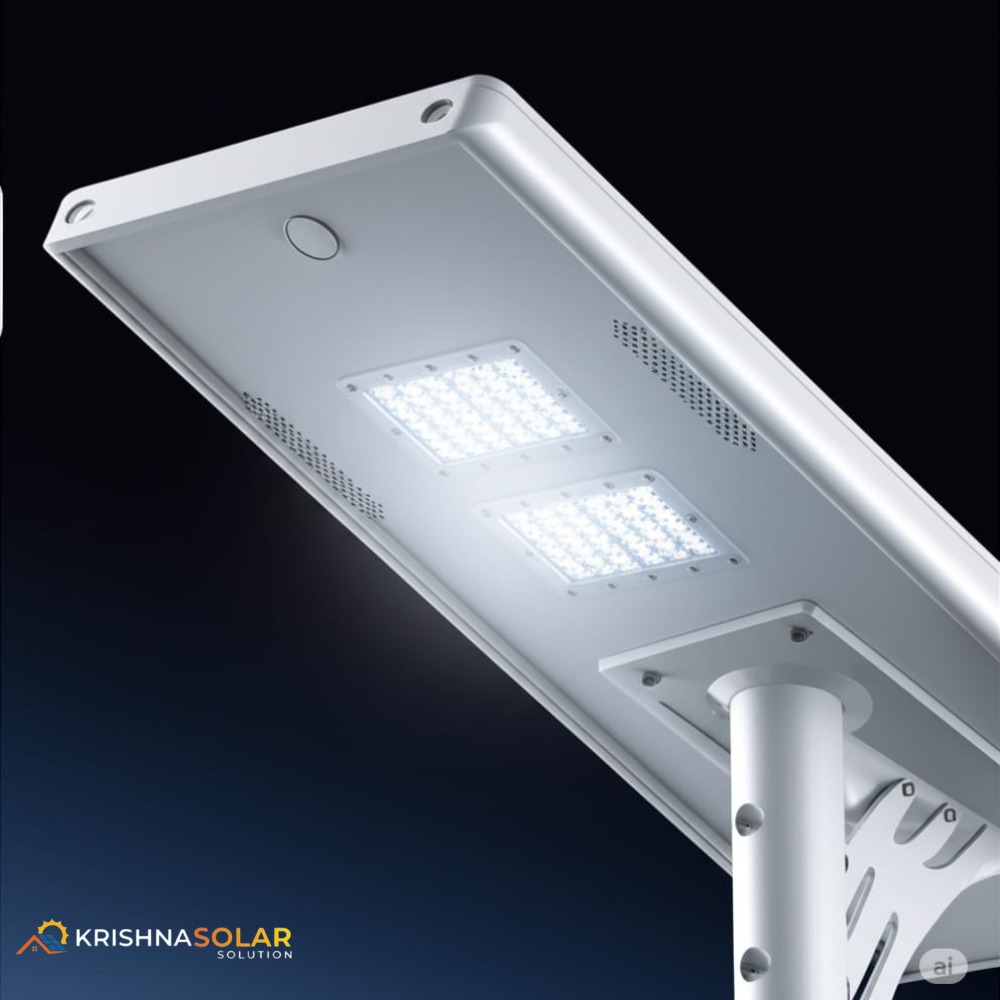
“Solar Power in the 21st Century: Innovations, Impact, and the Road Ahead”
July 21, 2025
⚙️ The Evolution of Solar Technology: From Silicon to Smart Panels
Traditional Solar Panels (Monocrystalline & Polycrystalline) have dominated the market for decades. While effective, they were limited by efficiency and cost. Fast-forward to today, and we’re seeing a radical transformation in materials, design, and applications:
🔬 Perovskite Solar Cells: A game-changer. These offer high efficiency, are flexible, cheaper to manufacture, and can be printed like newspaper. Labs have achieved over 25% efficiency, and they’re being tested in tandem with silicon to surpass traditional panels.
📦 Thin-Film Solar Cells: Lightweight, flexible, and durable. Perfect for unconventional surfaces like car roofs, mobile devices, and even wearable technology.
☀️ Bifacial Panels: Capture sunlight from both sides of the panel — maximizing output, especially in reflective environments like deserts or snow-covered areas.
💡 Building-Integrated Photovoltaics (BIPV): Solar panels embedded into windows, tiles, or facades — turning entire buildings into power-generating structures.
The development of these technologies means solar energy isn’t just on rooftops anymore — it’s becoming seamlessly integrated into our daily lives.
🌍 Global Expansion: Solar for Everyone, Everywhere
Solar energy adoption is exploding worldwide. What used to be a luxury or novelty is now a necessity and opportunity for nations across the income spectrum.
Key Global Developments:
🇮🇳 India: With its International Solar Alliance, India is pushing large-scale solar farms and rural solar electrification, aiming for 500 GW of renewable energy by 2030.
🇨🇳 China: The world’s largest solar market. Massive investments have made it a leader in solar manufacturing, innovation, and deployment.
🇪🇺 Europe: Countries like Germany, Spain, and the Netherlands are pushing rooftop solar, net metering, and smart grid integration as part of their carbon-neutral targets.
🌍 Africa & Southeast Asia: Off-grid solar kits and mini-grids are providing first-time electricity access to millions in remote regions. Solar lanterns and irrigation systems are transforming livelihoods.
The global push is supported by a dramatic drop in panel costs — over 85% cheaper in the last 10 years — and strong policy frameworks, subsidies, and private investments.
🤖 Smart Solar: The Tech-Powered Ecosystem
Solar is no longer just about panels. It’s part of a wider smart energy ecosystem that includes:
🔋 Energy Storage: Solutions like the Tesla Powerwall and LFP-based batteries allow users to store solar power for use at night or during outages.
🧠 AI & IoT in Solar: Smart inverters and sensors now monitor performance in real time, automatically optimize energy flow, and predict maintenance needs.
🏙️ Smart Grids & Net Metering: Homes with solar panels can now send excess power back to the grid and get compensated. This creates a two-way energy flow and balances supply-demand in real time.
🚗 Solar + EV Infrastructure: From solar-powered EV charging stations to solar-integrated car roofs, the blend of mobility and renewable power is gaining momentum.
These developments are making solar more efficient, user-friendly, and profitable, not just for homeowners but also for industries and municipalities.
📈 Economic & Environmental Impact
Let’s talk about numbers — because solar isn’t just good for the planet; it’s good for the economy too.
Environmental Wins:
Reduces greenhouse gas emissions significantly.
No fuel consumption, no noise, no moving parts = low maintenance.
Offsets tons of CO₂ annually — helping nations meet their climate goals.
Economic Upside:
Job creation: Over 4 million people employed in the solar industry globally. Projected to reach 22 million by 2050 (IRENA).
Energy independence: Countries reduce reliance on fossil fuel imports.
Return on Investment: Homeowners see payback in 3–6 years due to reduced bills and tax benefits.
Solar has become a low-risk, high-return investment for both individuals and institutions.
🚀 What’s Next? The Bright Solar Horizon
The innovation doesn’t stop here. The future of solar energy is filled with fascinating possibilities:
☁️ Floating Solar Farms: Panels on lakes or reservoirs conserve space and reduce water evaporation — a win-win!
🌌 Space-Based Solar: Solar stations in orbit that beam energy back to Earth. Yes, it’s real — and already being tested by agencies like NASA and the ESA.
🔌 Plug-and-Play Solar Devices: Portable solar units that anyone can use without technical installation.
Governments are investing in solar research, and private companies are partnering with AI startups, space agencies, and environmental organizations to scale it further.
💬 Final Thoughts: The Sun Is Just Getting Started
Solar energy has moved far beyond the “alternative energy” label. It’s central to the global energy future — clean, abundant, and adaptable. With every new rooftop, every smart city project, and every rural microgrid, solar is empowering people, protecting the planet, and reshaping economies.
So whether you’re an environmentalist, a tech lover, an investor, or just a curious reader — one thing is certain: solar power isn’t just coming — it’s here. And it’s only getting brighter.